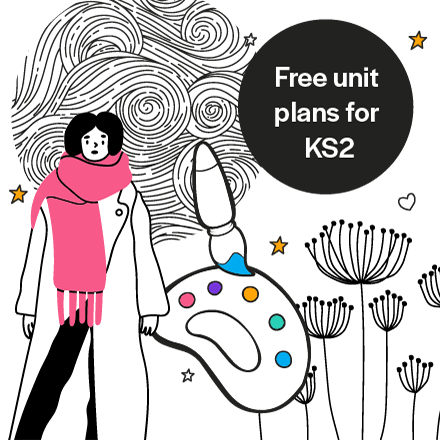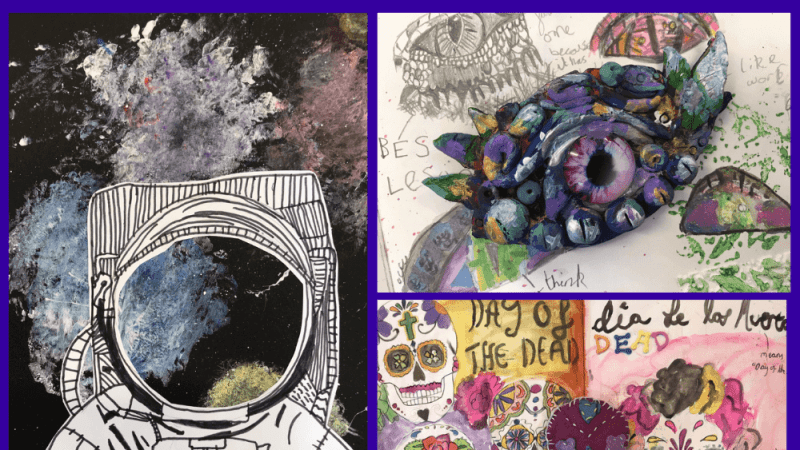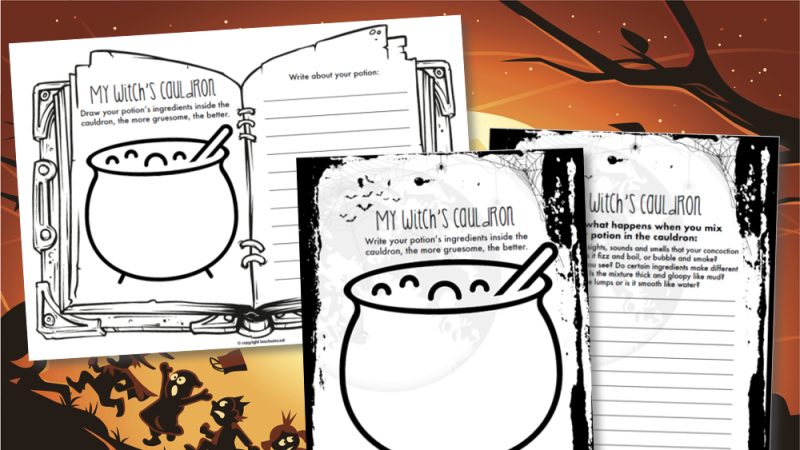Exploring children’s feelings through art

You don't need to be an art critic or psychologist to read what children are trying to express in drawings and paintings, and doing so can help make a huge breakthrough in communication

Trying to determine how your child is feeling and what they need can be one of the more frustrating aspects of parenting, or indeed teaching, small children.
During these formative stages, children are learning to communicate better all the time, but they can often struggle with finding the right words to express themselves.
Not only do they find this difficulty to communicate vexing, but being able to understand their needs is also your priority. So mutual benefit can be taken from exploring a child’s feelings and emotions through art.
Although at face value the artwork of young children is abstract at best, they are not simple, uncoordinated squiggles on a page. Much can be taken from the ways in which children use art, and what they enjoy about it.
Academics have made an entire field of study out of the psychology of art, and the feelings and emotions being expressed by the pieces, and it doesn’t take a Picasso or Cezanne to create art as an emotional expression.
Similarly, you needn’t be an art critic to recognise this expression.
The free and enjoyable nature of creating art makes it a particularly beneficial exercise for both carer and child, allowing them to spend productive time together, enjoy each other’s company, and learn a little more about themselves and each other.
Content
Figurative art – that is, art that presents an image of an object, person or other subject – can give an indication of what is on the mind of the artist, and here it helps to take into account your knowledge of the child’s likes and dislikes.
Talk to her about what made her choose this subject. If the child is particularly into fairies or dinosaurs, and these are the subjects of his pictures, it is a good indication that they are feeling comfortable and taking pleasure in subjects which make them happy.
If a subject comes up that you are not familiar with, it could be a sign that your child is exploring and expanding their interests.
Shapes and style
With more abstract pieces that don’t seem to depict any identifiable subject, take clues from the shapes and angles used.
Softer, rounder lines are more indicative of passivity and calm, while jagged, angular pictures may suggest more mental activity.
This does not necessarily mean negative activity, such as anger or frustration, but perhaps just energy and excitement.
How busy a finished picture is can also indicate the levels of activity going on in a child’s mind. A particularly frenetic-looking picture can also signal a busy mind in need of some exercise.
Colours
The symbolism of colour goes back millennia, and throughout eras and cultures humans have found inherent meaning in different colours.
Colours and shades often shed much light on the emotions of the artist, so notice the hues each child likes and dislikes, and begin to learn the meanings they associate with them.
Although bright, warm colours are commonly the result of positive and happy emotions where dark shades often reflect melancholy, each individual is different, and it often comes down to taste.
While much can be communicated by the connotations we as adults give to various visual stimuli, whether it be black or red, zig-zags or bubbles, a favourite animal or just a page of shapes, it is important to be familiar with each child’s interests and the connotations they themselves apply.
Not only is art a relaxing and expressive activity to enjoy together, but it can be used as a communicative tool, as is demonstrated daily all over the world by professional art therapists, so start to explore art with children, and see what new dimensions, and enjoyable experiences, it can bring to your relationships.
Charlotte Baldwin is operations manager at IQ Cards, a fundraising company that provides schools and establishments with the necessary tools to fundraise via selling high-quality and unique gifts designed by pupils. They are the preferred supplier for PTA UK. For more information please visit iqcards.co.uk.











